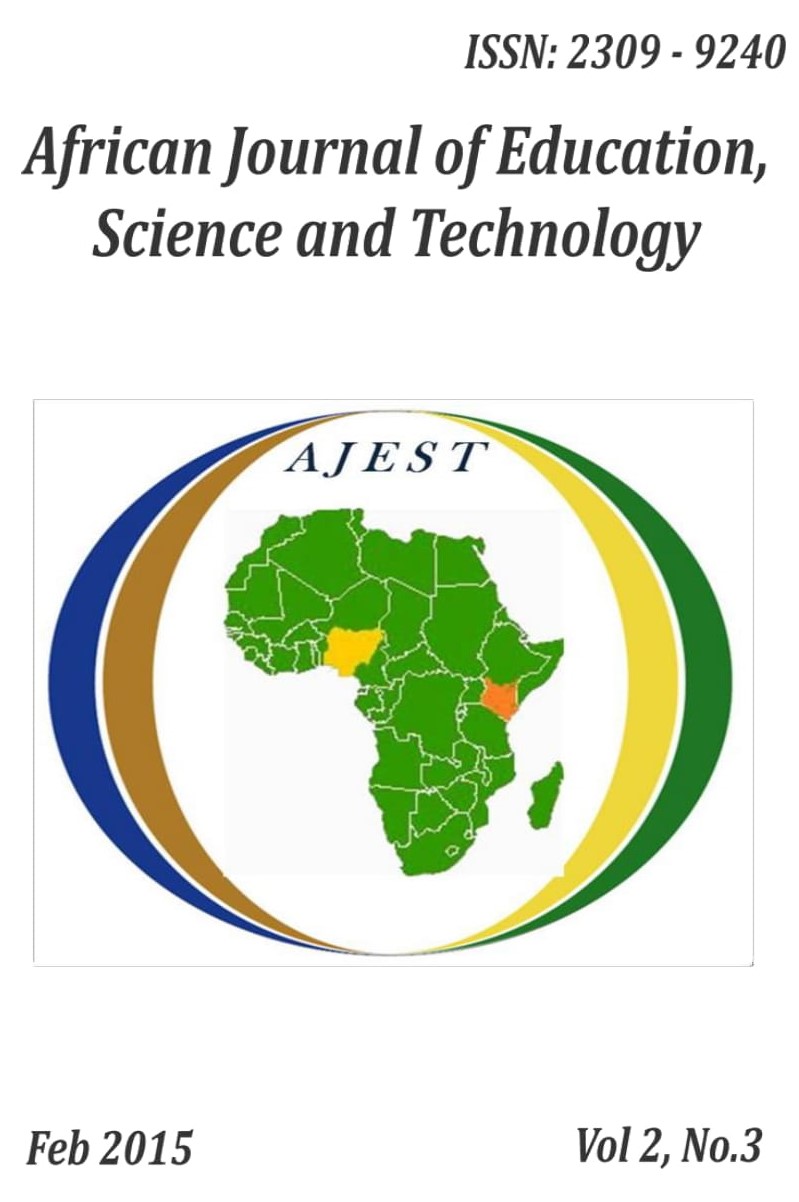Impact of Specialization and Diversification Reengineering Strategies on Farm and Off-farm Activities for Sustainable Food Security in Kenya
##article.abstract##
Reengineering strategies aim at rethinking and redesigning the business processes and practices to improve performance in the areas of cost and output to achieve a new higher level of competitive advantage. Ideally, reengineering builds competitive advantage, in this case, farmers shifting from farming for subsistence to doing it as a business. It is a paradigm shift that reflects specialization and diversification in farming sector to boost farming profitability. The government of Kenya in vision 2030 has enumerated various ways in which agriculture can drive the Kenyan economy to the next stage of sustainable profitability and guaranteed food security. Specialization and diversification of farming activities are some of the critical suggestions to reengineer agriculture as a business. Off-farm activities offer a credible strategy of expanding marketability of farm produce and necessary shield to cushion farmers from absolute loss of income due to farming risks especially post-harvest challenges. This paper explores how the stated reengineering strategies impact on sustainable food security in Kenya. The objective of this study was to examine how specialization and diversification strategies influenced farming and off-farm activities among farmers for sustainable food security in Kenya. Using a sample survey design, data was collected through questionnaires and interview schedules. Data was analyzed descriptively. The findings revealed that diversified farming activities were motivated by desire by farmers to cushion themselves against risks while off- farming engagements was encouraged by ease of conversion and high returns. The production trend beyond subsistence demonstrates benefit of specialization reengineering strategy to boost family income. This study concludes that engagement in farm and off farm activities is a viable specialization and diversification reengineering strategy that boosts profitability. It also promotes sustainable food security due to enhanced purchasing power.
References
Anderson, J. (2002). Nature,Wealth and Power: Emerging Best Practice for Revitalising Rural Africa.
Washington D.C: USAID.
Ayal, K., & Eliel, R. (2004). SSRN-Time Allocation between Farm and Off-Farm Activities in Iseal Farm Households.
Bhargava, V. (2006). Global Issues for Global Citizens: An introduction to Key Development Challenges.
Washington D.C: The World Bank.
Cleaver, K., & Okidegbe, N. (2006).The Challenges of Food Security, Strategies to Reduce Global Hunger and Nutrition In: Bhargava V.(eds) Global Issues for Global Citizens. An Introduction to key Development Challenges. Washington D.C: The World Bank pp 145-163.
Cohen, L., Marion, L., & Marrison, K.. (2005). Research Methods in Education (5th Ed). London: Routledge Flamer.
Cox, P.G, MacLeod, N.D, Ridge, P.E., & Shulman, A.D. (2000). Reengineering Agricultural RD&E to Support Management Decision-Making: Problems and Prospects. 8th Australian Agronomy, (pp. 35-55). Toowoomba.
Ellis, F. (2000). Rural Livehoods and Diversity in Developing Countries. Oxford: Oxford University Press.
Kenya, Republic of. (2007). Kenya Vission 2030. Nairobi: Government Printers.
Kenya, Republic of. (2007). National Food Security and Nutrition Policy Sessional Paper. Nairobi:
Government Printers.
Kimenye, L. (2001). Kenya Experience in Promoting Smallholder Production of Flowers and Vegitables for European Markets. London: African Rural and Urban Studies.
Liyama, M. (2006). Livelihoods Diversification Patterns among Households and their Implications on Poverty and Resource use: A Case Study from a Kerio River Basin Community. Tokyo Japan: University of Tokyo, Graduate School of Economics.
Mukhwana, E. (2008). Pathway to Food and Nutrition Security: African executive- Your Bussiness Partner.
Nairobi.
Reardon, T., Berdegue, J., & Escobar, G. (2001). Rural Nonformal Employment and Incomes in Latin America: Overview and Policy Implications. World Development, Vol. 29, No. 3, PP 395-409.
Saunders, M., Lewis, P., & Thornhill, A. (2009). Research Methods for Bussiness Students (4th Ed.). London England: Pearson Education ltd.
USAID. (2008). Update on Kenyan Horticulture . Nairobi: Kenya Horticultural Developent Program.
Wegulo, F. & Obulinji, H.W. (2001). The Interface between Farm and Nonfarm Activities among the Mumias Sugarcane Growers. In Alila P.O & Pedersen P.O (eds) Negotiating Social Space: E.African Micro-Enterprises. Trenton: African World Press.


